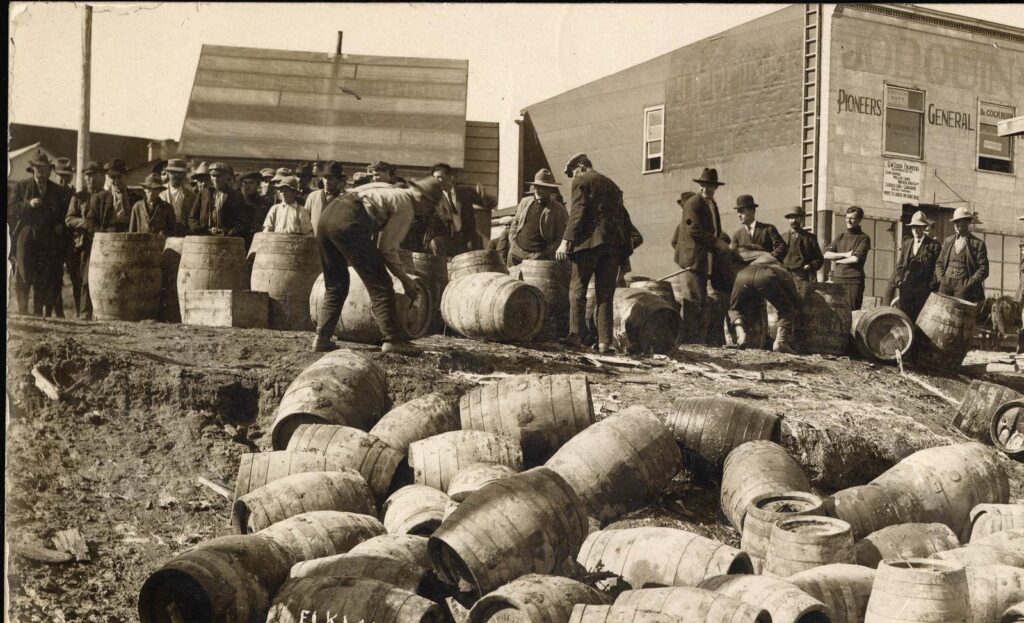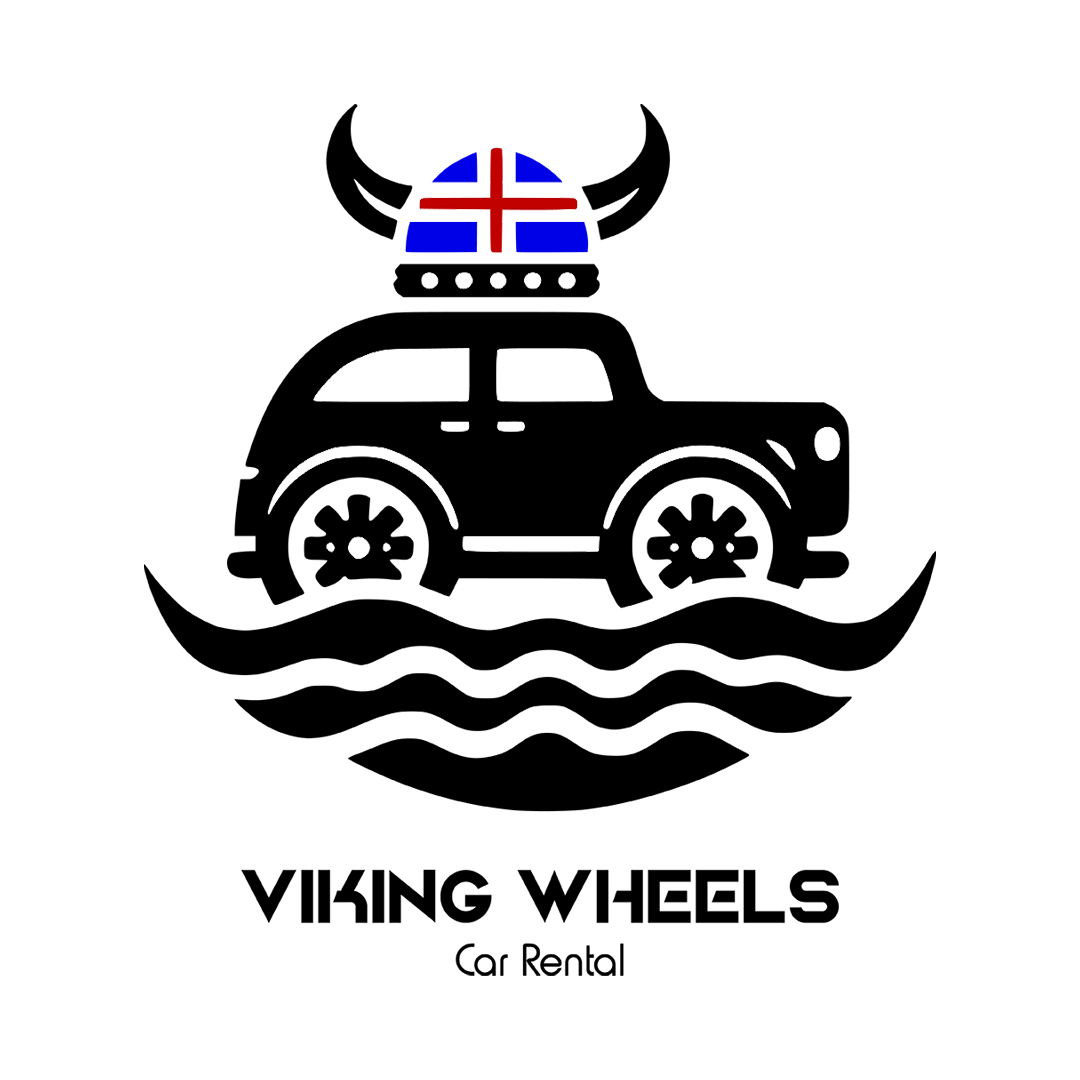Bjórdagurinn / Beer Day
Bjórdagurinn / Beer Day
Bjórdagurinn, or "Beer Day," is celebrated in Iceland on March 1st, marking the end of a 74-year beer prohibition in 1989.
Beer was illegal in Iceland?!
Yes!
Iceland banned alcohol before it was cool (or before the US decided to copy us, anyway)!
In a referendum in 1908, the nation voted to ban the sale and consumption of all alcohol, with 60% of people for the ban, and 40% against it. The ban took effect in 1915.

The Return of the Jedi Booze
People soon realised that life in Iceland in the early 20th century was hard enough without denying ourselves the simple pleasure of a glass of wine with dinner after a long day working the fields or in the fisheries.
After seven years of absolute prohibition, it was decided to ease up a bit and allow the import and sale of wine; specifically Spanish wine. The story goes that this is where we get the saying "Þau koma spánskt fyrir sjónir", which literally means 'They are looking a bit "Spanish'". It's basically just saying someone looks "strange". Drunk people behave strangely, and if you were drunk, you must be drunk on Spanish wine. Sadly, this story isn't actually true, and that's not where we get that phrase from. But let's not let the truth ruin a good story, eh!
But what about all the other types of alcohol?!
Jeez, will you relax! I'm getting to it!
After Spanish wines were allowed back in Iceland in 1922 people started to think it was a bit silly to only allow this one type of alcohol and not the rest.
So, in 1935 the alcohol prohibition was (almost) completely revoked with a second referendum.
I say "almost" because they decided to still ban beer after the prohibition was lifted in 1935. Weird to single out one type of alcohol like that, right?
Well they felt that allowing beer would lead to more depravity because it was cheaper than spirits. But if you had the had the coin, and a hankering for a pint of something cold and refreshing, you could still go out and buy a pint of ice cold Vodka!
This is why a lot of the older generation of Icelanders don't drink a lot of beer when they go out drinking.
Our dad and his friends, for example, prefer to drink Vodka with some sort of mixer, when they go "fishing" (an excuse to go drinking with the boys).
So what happened to the beer?
Well, beer was finally legalised on the 1st of March, 1989!
Maybe they weren't all that wrong about the "depravity" they forewarned back in 1935, as 1990 (the year after the beer ban was lifted) became the biggest year for births in Iceland's history.
Happily Hop-ily Ever After
Since 1989 beer has been legal in Iceland, and today you can enjoy so many different types and brands of Icelandic beers in bars around the island.
It seems like every single village around the island has its own microbrewery now, or at least one eccentric farmer making beer in an empty space in their barn.
Celebrating beer!
Every 1st of March, Icelanders celebrate the return of beer by going out with friends to enjoy a cold pint of their favourite hoppy beverage.
Many bars put on special offers and plan celebrations for the special day.
The day is filled with festivities, beer tastings, and pub gatherings (no duh!), commemorating Iceland's love for beer and the significant change in Icelandic beverage laws and traditions.
Beer tours
There are a wide variety of beer tours on offer for those of you who want to go and try some local brews and learn more about them and the history of some beers and bars in Iceland.
Buying beer and alcohol in Iceland
All alcohol is allowed in Iceland today (with a few exceptions for drinks that contain some prohibited ingredients), but we are still very strict around alcohol. To a lot of us, it makes sense to have strict rules and laws around the making, sale, and consumption of alcohol.
No person under the age of 20 years old can own or consume alcohol in Iceland. That means that you won't get into bars here unless you are at least 20 years old.
People under the age of 20 can still be allowed into some places if accompanied by a parent or guardian. But they will not be permitted to consume alcohol on the premises.
Alcohol is currently only sold in two ways in Iceland; online, and in the government-owned liquor store.
That's right, the government has a full monopoly on the physical sale of alcohol in Iceland! There are no beers or bottles of wine in the supermarkets or gas stations.
This is a point of much contention in Iceland at the moment, and we will try to stay neutral in that debate!
We're just here to pass on the information of how things work.
Buying alcohol in Duty Free
Upon entering the country, every person over the age of 20 years old has a certain allowance of alcohol that they are allowed to bring in. You can calculate how much you can bring with you, here.
We highly recommend that you use your full quota at the Duty Free, if you are planning on having some drinks during your stay. The prices in Duty Free are much much cheaper than in the government-owned liquor store, as those are free from the alcohol tax, which is quite big in Iceland.

